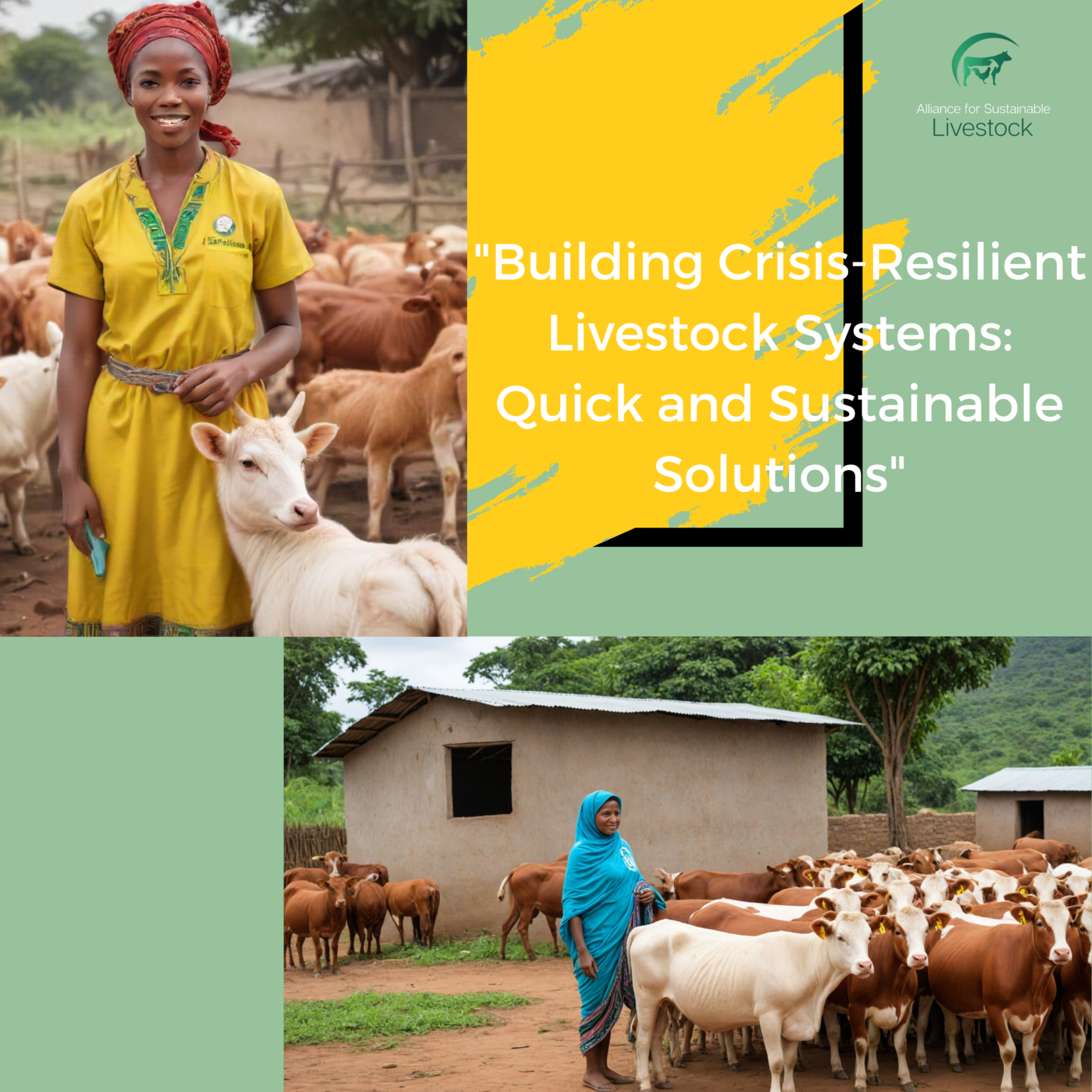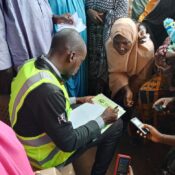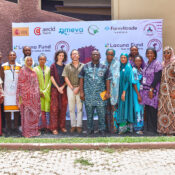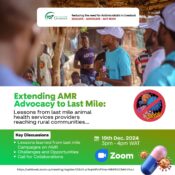
Building Crisis-Resilient Livestock Systems: Quick and Sustainable Solutions

Here’s how we can implement the 8 factors from the LEGS handbook with quick, actionable steps:

Supporting Livelihoods-Based Program
Diversify income with low-maintenance activities.
Introduce fast-growing, drought-resistant crops or small livestock like chickens or rabbits that require minimal resources and offer quick returns.

Ensuring Community Participation
Conducting stakeholder engagement through community groups or gatherings to quickly gather input and share information, ensuring everyone’s voice is heard without requiring formal meetings.

Responding to Climate Change and Protecting the Environment
Implement basic conservation techniques and Practices through:
Mulching to retain soil moisture and reduce erosion.
The use of available organic waste as compost to improve soil fertility and
and Ensuring bio diversity.

Supporting Preparedness and Early Action
Creating a simple and clear plan for immediate actions during specific crises (e.g., quickly moving livestock to higher ground during floods) and identify local resources that can be mobilized quickly.

Ensuring Coordinated Responses
Establish quick communication channels.
Through self help group and Cooperative Setting up a phone tree or WhatsApp group for rapid information sharing and coordination among local farmers, NGOs, and government agencies.

Supporting Gender-Sensitive Programming
Design programs that specifically address the needs of women farmers, such as Encouraging women’s participation in decision-making processes related to livestock management.

Supporting Local Ownership
Through Empowering local farmers and cooperatives to foster a sustainable livestock program.

Committing to Monitoring, Evaluation, Accountability, and Learning (MEAL)
Establish a robust MEAL framework that tracks the progress and impact of livestock programs. Use data collected to refine strategies and ensure transparency. Regularly publish reports and hold community feedback sessions to maintain accountability.
In Conclusion
During severe crises, livestock farmers can adopt these simplified approaches to maintain sustainability while ensuring quick and effective action. These steps help build resilience, allowing them to address immediate challenges while laying the groundwork for long-term sustainability.
Join us in supporting resilient and sustainable livestock systems! Share your quick tips and experiences below.
#SustainableLivestock #SDGs #CrisisManagement #EmergencyPreparedness #QuickTips #ResilientFarming
3 thoughts on “Building Crisis-Resilient Livestock Systems: Quick and Sustainable Solutions”
Add a Comment Cancel reply
+2348130555674
alliance4livestock@gmail.com




This is the best tour on the east coast! It was amazing how many places we visited and what great memories we made!
This was not our first time going to here. It is a great place to shop not too far from New York. We took the bus from Port Authority and traveled through the countryside to get there.
We always stay at here when in town. The location is great, staff is wonderful and we love the overall feel. Beautiful view from the here.